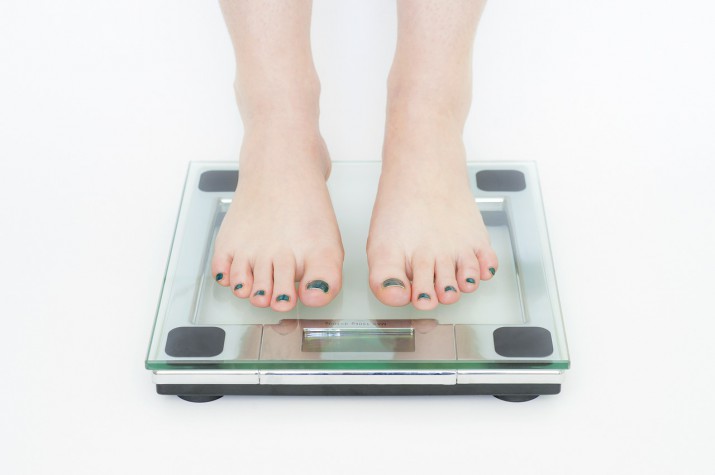In this article, we will look at the difference between counting calories and counting macros to help you get on the right path towards establishing healthy weight loss and nutritional management. Dealing with weight issues can be a big headache. Losing those extra pounds is not an easy task, as one has to do many things to see any substantial results.

Counting Calories
Calorie counting is an easy task and forms one-half of your weight loss / management tool. The method calls for you to count the number of calories that you are consuming on a given day and how much you should be taking in. You can make use of a simple chart to know how much is going into your body based on the type of meals that you are consuming.
One easy way to track it is to use a handy app that will help you comprehend and track your caloric intake. You can input the details of your meals, and it will tell you how much is being added to your body, which you can then adjust accordingly.
Counting Macros
Macros can be slightly tougher to calculate as compared to calorie counting. Macros refer to core macronutrients such as proteins, carbohydrates, and fat. These are a big part of your everyday meals and what you should keep track of while trying to lose or manage weight.
Macros are split into a particular ratio with regard to each of the basic nutrients. 40:40:20 is the ratio to follow, meaning, your diet should contain 40% proteins, 40% carbohydrates, and 20% fat as this combination is what will help you maintain an ideal body weight.
The best and easiest way to calculate this is by making use of a kitchen scale or using a portion chart (quick visual comparison guide using common objects, i.e., hand, golf ball, poker chip). Keeping the meal limit at 100% you have to set aside 40% for proteins, 40% for carbohydrates and 20% for fat. If you are unable to do so, then you can consider consulting a nutritionist to help you out.
Using Apps to Track
You can also make use of an app to serve the same purpose. There are multiple smartphone apps now available which provide immediate data on each food item. This helps track serving sizes along with the macros found in those servings. In fact, there are apps available with barcode scanning technology to help scan items and have the data put in automatically.
It would be unfair to give either of these methods the benefit of the doubt, regarding which one will help you best to stay on track. Both will work on different aspects of your body, and you have to work on implementing both while trying to lose weight.
Relying solely on calorie counting will not cut it as, despite your weight loss, your body will not remain fully healthy. You will have to no doubt supplement it with the macro nutritional counting. Similarly, sticking just to macro counting will not do the job for you either. You will have to find a delicate balance between the two to experience consistent weight loss.
Conclusion
Weight loss does not happen in the gym alone. It requires persistence and focused energy to work intentionally on your dietary intake. When the meals being consumed are well tracked, the results can be measured and accounted for. You have to commit to the process and use these tracking methods to nail down what is going on in the kitchen.
As you can see, you have to consider both calorie counting and macro counting while trying to lose weight. Focusing on just one might not reel in the best results. Work closely with a nutritionist, dietician or personal trainer to come up with a nutrition plan that will work best for your body.



